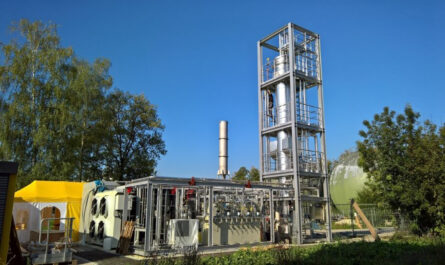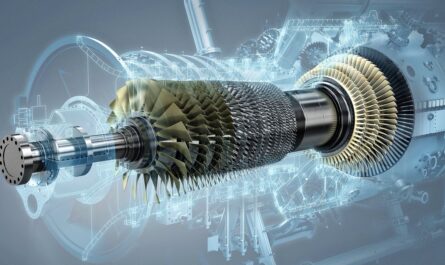With global warming and changing climate patterns, water scarcity has become a serious challenge across the world. Many regions are facing drought-like conditions with depletion of groundwater levels and drying up of water resources. In such a scenario, Atmospheric Water Generators (AWGs) have emerged as a sustainable technology to extract water directly from humid air. These devices leverage the principle of condensation to produce clean and safe drinking water from ambient air. In this article, we deep dive into AWGs – how they work, various types, advantages and potential to address the growing water crisis.
How do AWGs Work?
AWGs utilize the concept of dew point – the temperature at which the water vapour in air condenses into liquid water. These devices lower the temperature of air below its dew point through a thermodynamic process. As the air cools down, its water holding capacity reduces and moisture starts condensing on cool surfaces in the form of water droplets.
The typical components of an AWG include an air filter, heat exchanger, compressor and condenser. Ambient air first passes through a filter to remove dust and other particles. It then enters the heat exchanger where the temperature drops below the dew point. Moisture laden air comes in contact with cool surfaces inside the heat exchanger and condenses to form water droplets. These droplets smoothly flow through collection channels into a storage tank. The captured water is purified using advanced filtration techniques before usage.
Types of AWGs
Based on the technology used for cooling air, there are two main types of AWGs – desiccant based and refrigerant based.
Desiccant based AWGs: These employ solid desiccants like silica gel or molecular sieve to capture moisture from air through adsorption. The desiccant is later regenerated using heat to release the moisture. Desiccant based systems can operate at higher temperatures but are bulky and more expensive.
Refrigerant based AWGs: In refrigerant based coolers, vapor compression or evaporative cooling refrigerants like water are used to lower the air temperature below dew point. They are more efficient and produce higher yields compared to desiccant coolers but require electricity to run compressors.
Advantages of Using AWGs
With the ability to extract water directly from humid air, AWGs offer various environmental and economic benefits making them a sustainable solution for tomorrow. Some of the key advantages are:
– Reliable source: AWGs provide access to clean drinking water independently of geographic location and climate by harvesting atmospheric moisture available universally.
– Reduce dependence on depleting aquifers: They help reduce groundwater extraction rate and conserve scarce water resources underground by fulfilling non-potable water demands from the sky.
– Climate resilient: As AWGs operate by condensing atmospheric moisture, they remain unaffected by droughts, floods or other climate vagaries unlike surface water sources.
– Low cost of production: With no requirement of water import or transportation, the cost of water from AWGs is low compared to other alternatives after the initial capital cost. Operation and maintenance costs are also minimal.
– Environmental friendly: Being a zero discharge technology, AWGs do not pollute land or water bodies. They help curb plastic waste from bottled water enormously.
Potential and Challenges
With continuous technological advancements, AWGs have immense potential to address water scarcity worldwide. Units ranging from small domestic ones producing 10-50 litres daily to large industrial AWGs yielding thousands of litres are available commercially. Many remote areas, islands, deserts and places with low humidity are already being supplied with AWG produced water. However, high initial costs and low yields in very dry areas remain challenges. Ongoing R&D is expected to overcome such limitations to realise the full potential of this green technology in the future.
Conclusion
As the AWGs global water crisis deepens, innovative solutions tuned to our changing climate are need of the hour. Atmospheric Water Generators leveraging the natural water cycle have emerged as a sustainable option independent of geographical and climatic constraints. With further improvements, these smart devices harvesting water from air can play a key role in meeting our growing freshwater demands, especially in water scare regions. Investments in AWG based decentralized water production can make access to safe drinking water a reality for millions and build climate resilience worldwide.
*Note:
1. Source: Coherent Market Insights, Public sources, Desk research
2. We have leveraged AI tools to mine information and compile it




